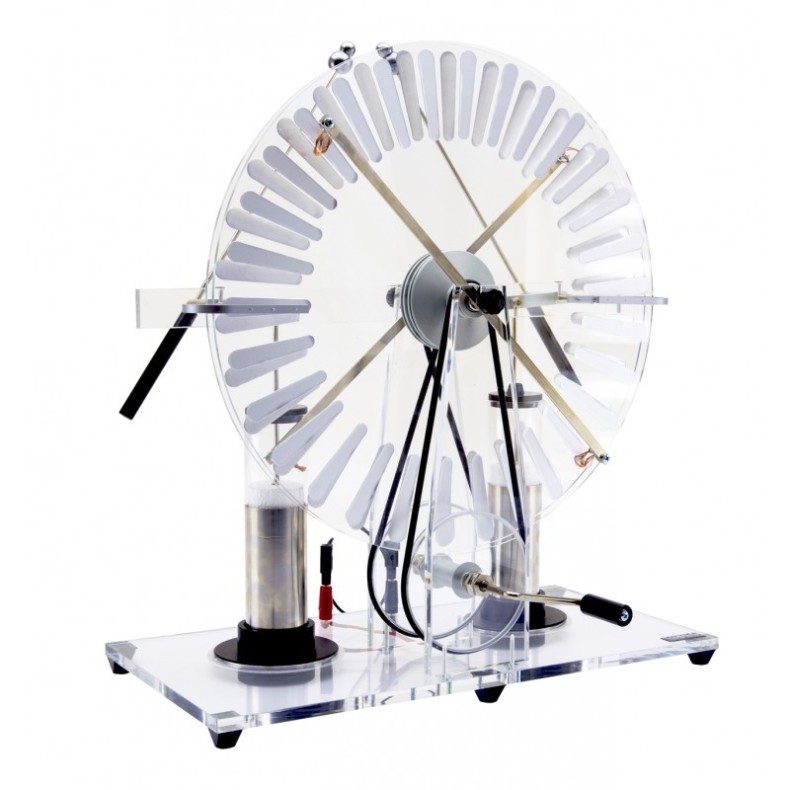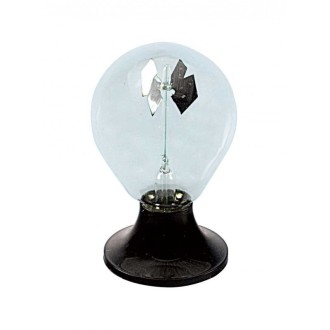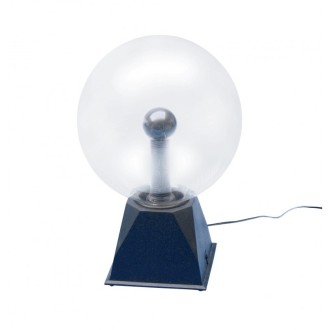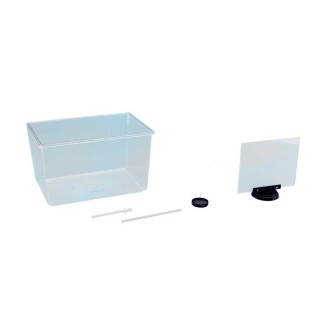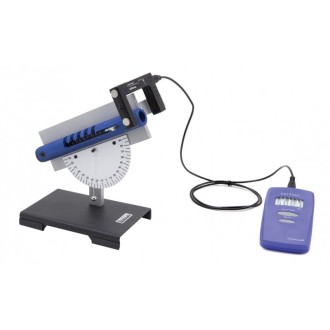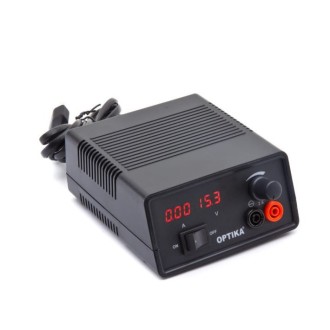Wimshurst electrostatic machine OPTIKA SCIENCE. The Wimshurst machine is a high voltage electrostatic generator. It has a distinctive appearance with two large counter-rotating discs (rotating in opposite directions) mounted in a vertical plane, two cross bars with metal brushes, and two metal spheres separated by a distance where the sparks jump out
Wimshurst electrostatic machine OPTIKA SCIENCE.
The Wimshurst machine is a high voltage electrostatic generator developed between 1880 and 1883 by British inventor James Wimshurst (1832 - 1903). It has a distinctive appearance with two large counter-rotating discs (rotating in opposite directions) mounted in a vertical plane, two crossed bars with metal brushes, and two metal spheres separated by a distance where the sparks jump. It is based on the triboelectric effect, in which charges accumulate when two different materials rub against each other.
These machines belong to a class of generators that create electric charges by electrostatic induction. Early machines in this category were developed by Wilhelm Holtz (1865 and 1867), Agosto Toepler (1865), and J. Robert Voss (1880). Older machines are less efficient and exhibit an unpredictable tendency to change polarity. The Wimshurst machine does not have this defect.
In a Wimshurst machine, the two insulation disks and their metal sectors rotate in opposite directions passing through the metal cross neutralizing bars and their brushes. An imbalance of charges is induced, amplified and stored by two pairs of metal combs with the points located near the surface of each disk. These collectors are mounted on an insulating support and connected to a terminal output. Positive feedback increases the charge accumulation exponentially until the dielectric breakdown voltage of the air generates a spark.
Specifications:
- Includes two special discs that do not deform over time
- Includes 2 decomposable Leyda bottles
- Adjustable spirometer
- Spark: 50-60 mm
- Disc diameter: 400 mm
Wimshurst electrostatic machine OPTIKA SCIENCE.

